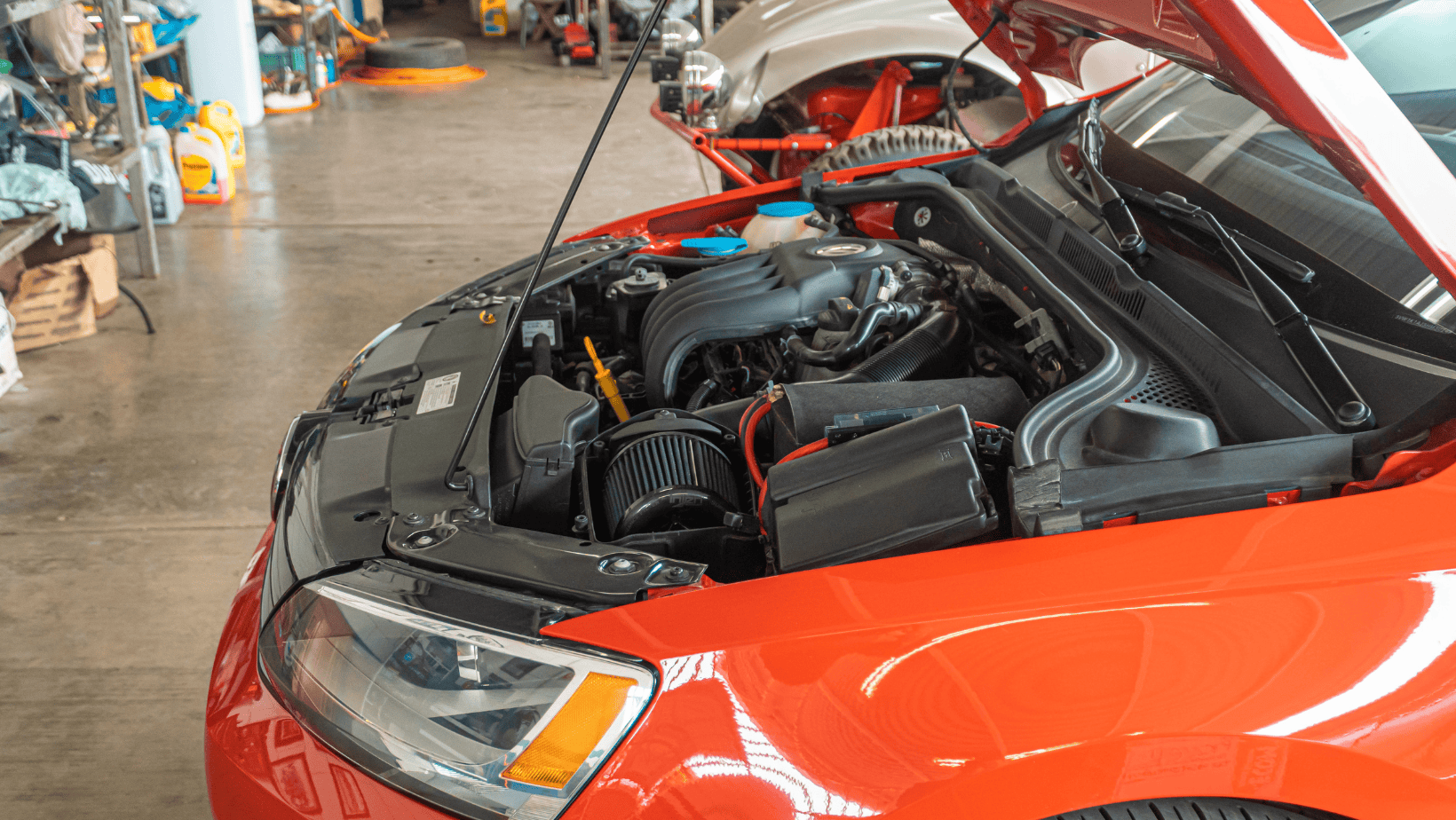Table of Contents

What Impacts Car Repair Costs? (2025)
Keeping your vehicle properly maintained and repaired is essential for safety and reliability. However, with car repair costs rising faster than inflation, these expenses can take a significant toll on your budget. Understanding what influences repair costs allows for better financial planning, minimizing surprise bills, and making informed decisions about vehicle maintenance.
This guide explores the key variables that shape repair costs, from labor rates to vehicle age, mileage, and part pricing. It also provides strategies for controlling expenses and planning for major repairs.
Key Factors That Influence Car Repair Costs
1. Shop Hourly Labor Rates
Labor charges make up a significant portion of your repair bill. The hourly rate mechanics charge for diagnostics and repairs varies based on several factors:
- Geographic Location – Repair shops in big cities charge more due to higher operating costs.
- Brand Certifications – Dealerships often charge higher labor rates than independent mechanics.
- Technician Skill Level – Master technicians or specialists earn higher rates due to their expertise.
- Shop Overhead – Facilities with high rent and equipment costs pass expenses onto customers.
Strategies for Controlling Labor Costs
✔ Check for warranty coverage – If your car is still under warranty, repairs may be covered, reducing out-of-pocket costs.
✔ DIY basic maintenance – Simple tasks like oil changes, brake pad replacements, and battery swaps can be done at home.
✔ Compare shop rates – Independent repair shops often offer lower labor costs than dealerships.
✔ Consider extended warranties – For higher-mileage vehicles, an extended warranty can reduce repair costs.
2. Manufacturer List Pricing on OEM Parts
Replacement parts significantly impact repair costs. Many dealerships exclusively use OEM (Original Equipment Manufacturer) parts, which are more expensive than aftermarket or remanufactured alternatives.
Factors Affecting OEM Part Costs
- Component Complexity – Basic parts like sensors cost less than complex components like transmissions.
- Vehicle Brand – Luxury and specialty vehicles have higher part costs due to exclusivity.
- Manufacturing Technology – Modern high-tech systems (ADAS, electronic transmissions) increase costs.
Ways to Manage Part Costs
✔ Ask about using recycled or remanufactured parts – Salvage yards and remanufactured components offer cost savings.
✔ Compare part prices across shops – Different repair shops may source parts at different prices.
✔ Supply your own parts – If a shop allows it, buying from online auto parts retailers can save money.
✔ Consider high-quality aftermarket alternatives – These often provide similar performance at a lower cost.
3. Vehicle Make, Model, and Age
Your vehicle’s make, model, and age play a crucial role in repair and maintenance costs.
How Age and Mileage Affect Repair Costs
✔ Newer cars (0-5 years) – Typically lower repair costs, especially if still under warranty.
✔ Mid-range (5-10 years, 60,000-100,000 miles) – Higher maintenance costs as parts begin wearing out.
✔ Older cars (10+ years, 100,000+ miles) – Increased risk of expensive repairs (engine, transmission issues).
Budgeting for Vehicle Age and Wear
✔ For older vehicles, plan for higher maintenance costs – Set aside funds for major repairs.
✔ Compare repair costs vs. replacement value – If repairs exceed 50% of your car’s value, consider replacing it.
✔ Prioritize essential repairs – Address safety-related issues first and delay cosmetic fixes to save money.
4. Routine Maintenance vs. Major Repairs
The cost difference between routine maintenance and major repairs is substantial.
- Routine maintenance includes oil changes, tire rotations, and brake pad replacements. These are predictable expenses that should be budgeted.
- Major repairs include engine rebuilds, transmission failures, and electrical system failures, which can be costly and unexpected.
Planning for Major Repairs
✔ Build an emergency fund – Set aside money for unforeseen major repairs.
✔ Consider an extended warranty – Especially for vehicles approaching high mileage.
✔ Get multiple quotes – Price shopping among repair shops can save hundreds of dollars.
✔ Ask about alternative parts – Used, remanufactured, or aftermarket parts can reduce costs.
5. Common Repair Costs by Vehicle System
| Vehicle System | Common Repairs | Average Cost ($) |
|---|---|---|
| Brakes | Brake pad/rotor replacement | $300 – $800 |
| Engine | Timing belt replacement | $500 – $1,200 |
| Transmission | Transmission rebuild/replacement | $1,500 – $4,500 |
| Electrical | Alternator replacement | $400 – $1,000 |
| Cooling System | Radiator replacement | $500 – $1,500 |
| Suspension | Shock/strut replacement | $600 – $1,200 |
6. Repair Shop Selection: Dealership vs. Independent Shop
Where you choose to get repairs done affects your final bill.
| Factor | Dealership Service | Independent Mechanic |
|---|---|---|
| Labor Cost | Higher | Lower |
| Parts Used | OEM parts only | OEM, aftermarket, or used |
| Specialization | Best for brand-specific issues | General expertise |
| Warranty Coverage | Yes, if under warranty | Usually no warranty |
| Customer Service | High-end service but higher cost | Personalized, budget-friendly service |
Best Choice for Repairs
✔ For warranty-covered repairs – Go to the dealership for free or discounted service.
✔ For out-of-warranty vehicles – Independent shops provide lower costs with flexible part options.
✔ For high-tech repairs – Dealerships have brand-specific expertise for modern vehicle software issues.

Final Thoughts on Controlling Car Repair Costs
With auto repair costs increasing, proper budgeting and smart decision-making are essential for keeping expenses manageable.
Key Takeaways for Cost Reduction
✔ Follow regular maintenance schedules – This helps prevent expensive breakdowns.
✔ Shop around for repairs – Get multiple estimates before committing to a service.
✔ Consider aftermarket and remanufactured parts – High-quality alternatives can reduce costs.
✔ Negotiate labor rates – Some shops may offer discounts or price match competitors.
✔ DIY simple maintenance tasks – Save money on basic repairs like oil changes and air filter replacements.
Now that you understand what impacts car repair costs, you can take proactive steps to keep your vehicle running efficiently without breaking the bank. Smart maintenance decisions today can prevent expensive repairs in the future.
Additional Resources
Check out the best performance car gear available on the market.
